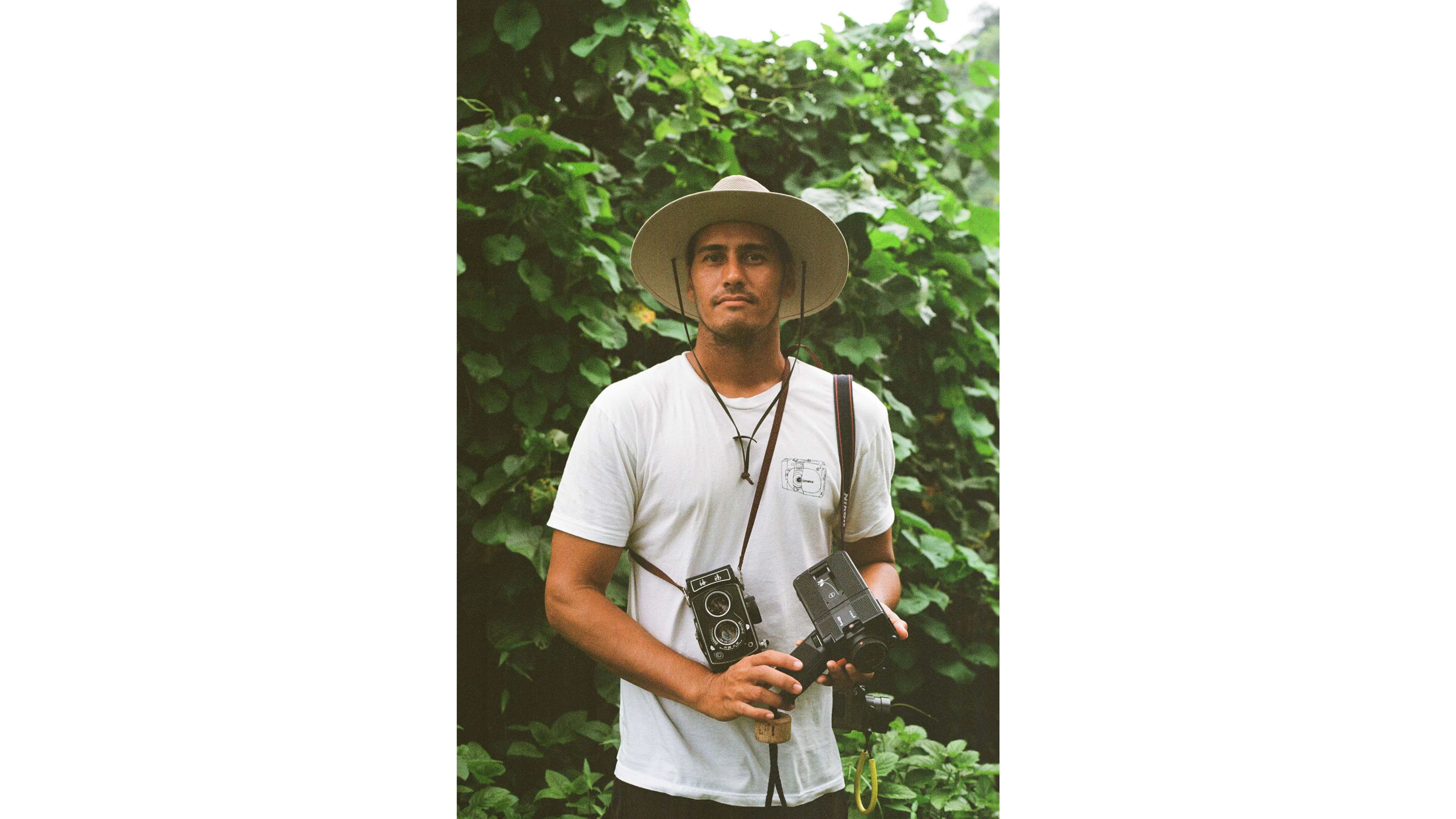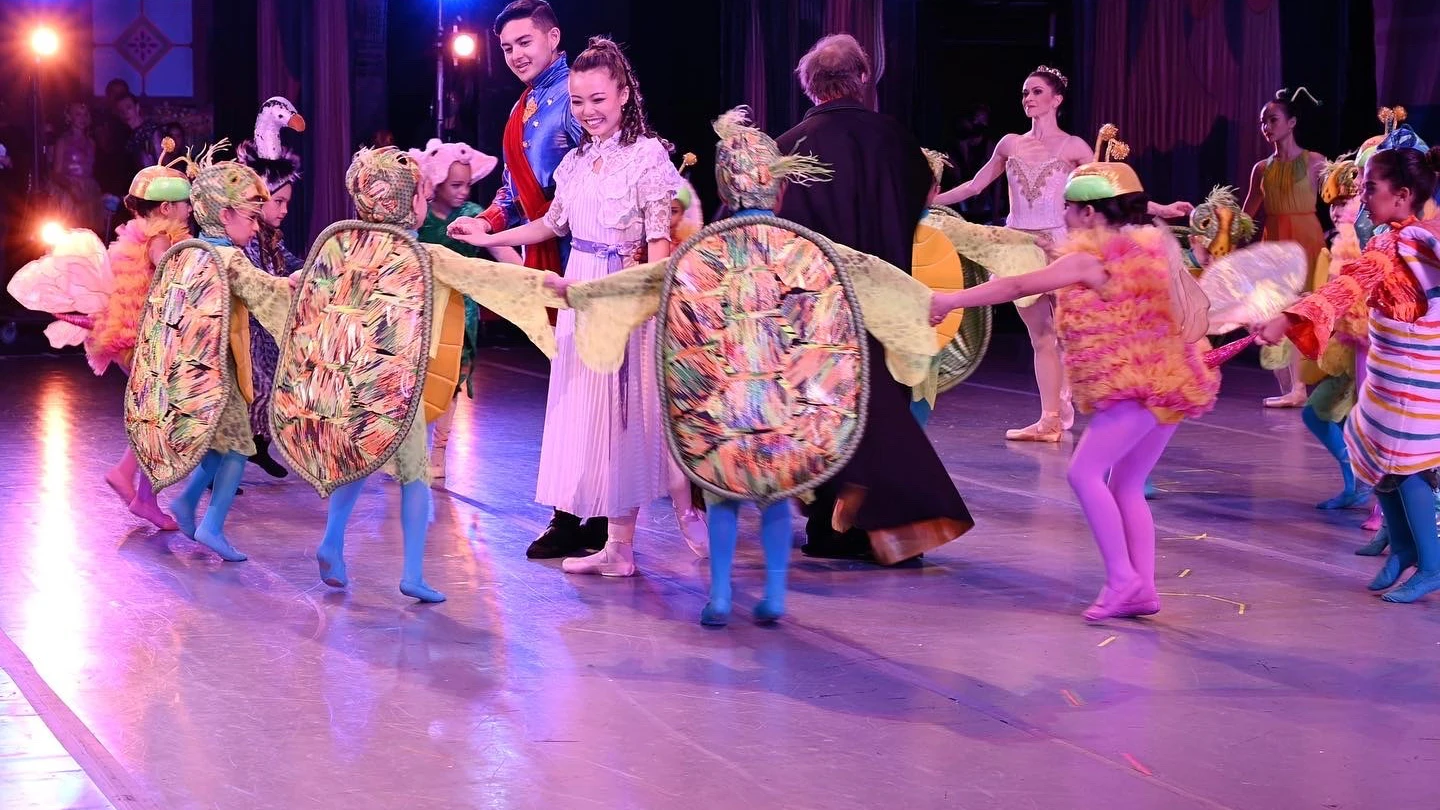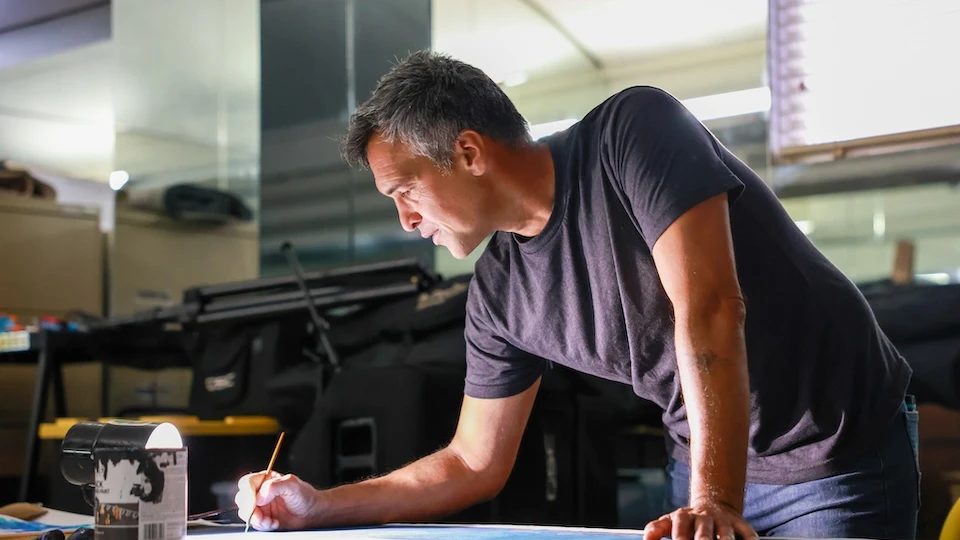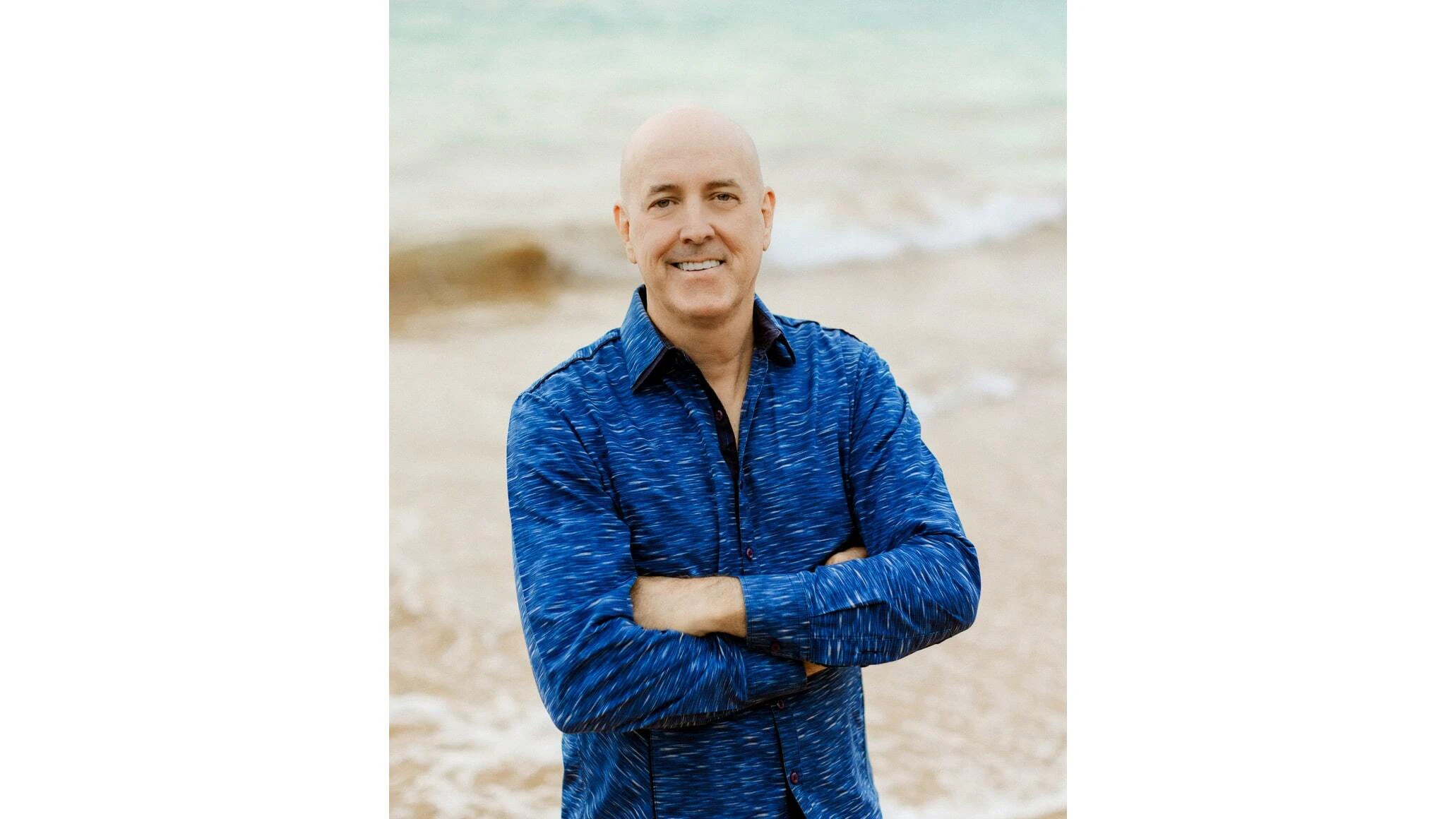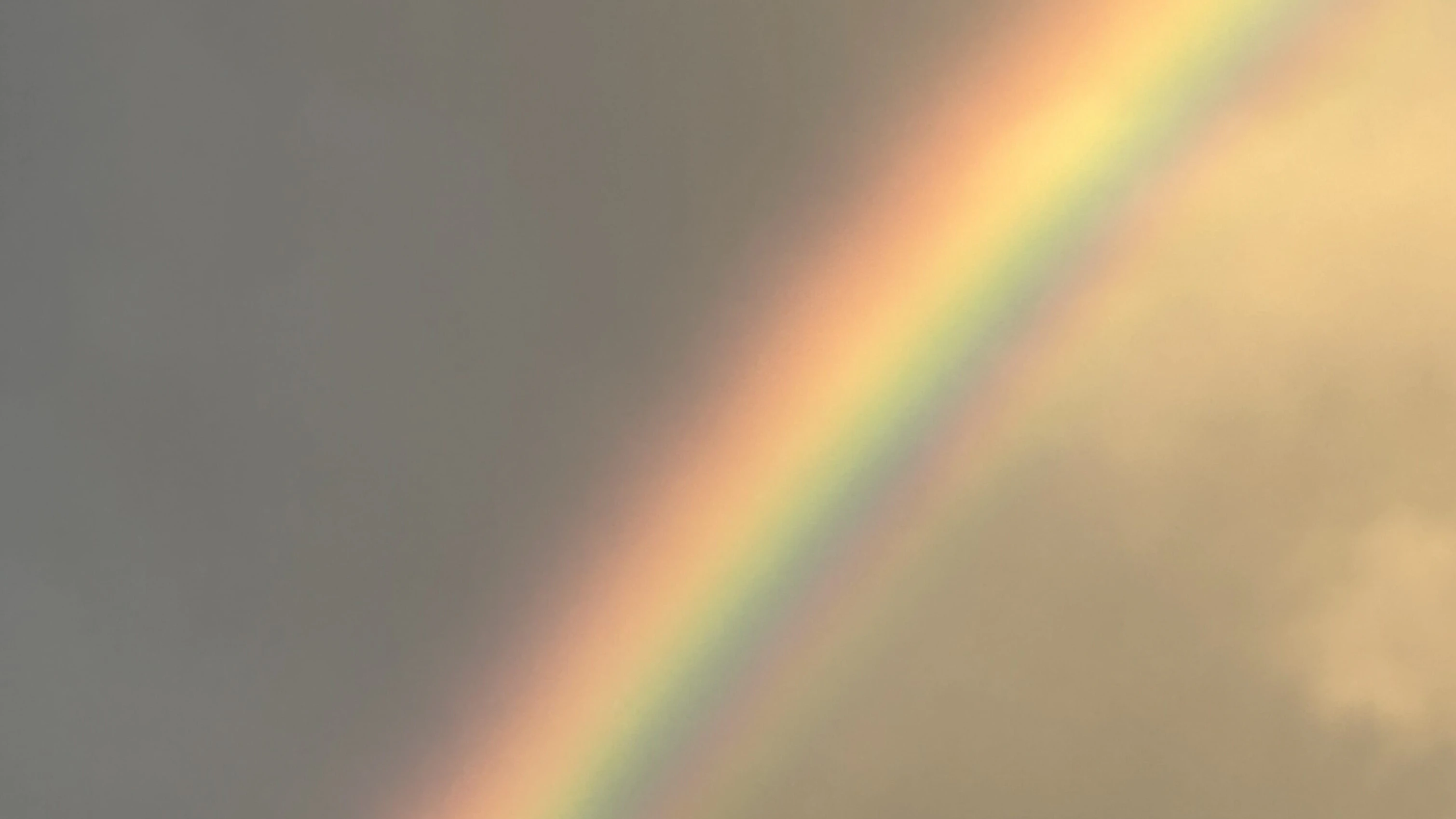Photographer John Hook is a longtime surfer, but he started photographing big wave surfers after he purchased camera gear to do underwater, post-wedding “Trash the Dress” shoots. It all started about 15 years ago, when he was shooting lots of weddings.
“It was a whole other portrait session after the wedding, where — especially in Hawaiʻi— brides wanted to get in the water with a dress,” he said. “I got a surf housing [for my camera] just for portraits, not for surf photography.”
Soon, he started capturing photos of his wife surfing. And then, he started meeting more surfers and taking their pictures. Now, Hook, who identifies as a “funtographer” on Instagram, is one of just a handful of people who captures photos of surfers in The Eddie Aikau Big Wave Invitational from the water. This week, listen to him speak at a panel discussion that also features photographers Mike Ito, Christa Funk, and Keoki Saguibo, among others, at The Ritz-Carlton O'ahu, Turtle Bay. Prints will be for sale at the event. There will also be a raffle. All proceeds go to the Eddie Aikau Foundation. The event is free. Details.
Hook has captured photos of surfers at The Eddie from the water the previous two times it was held, including the recent one on Dec. 22, 2024.
Since its start in 1984, The Eddie has been held just 10 times. The contest runs only if wave face heights consistently reach 40 feet at Waimea Bay during a three-month waiting period.
Hook’s favorite moment of the most recent invitational was the first big wave.

“My favorite moment was — I don't even remember what heat it was during the contest — but the first huge wave that came,” he said. “Waimea is kind of slow. You're waiting. There's a couple not little waves but smaller ones, and then literally, like an hour later, a huge wave will come.”
He could hear the crowd screaming and the horns, before he could see it.
“You can tell there's thousands of people on the beach and from the water you can still hear everybody, but it's just so crazy to be with just like five people,” he said. “The waves are super loud when you're that close. I mean, they're loud from the beach, but you can imagine if you're sitting right next to the water, that's kind of one of the craziest things is just realizing how loud the water is.”
The photographers capturing the event from the ocean are in the water for about eight hours, Hook said. He credits fins, a flotation device and a helmet for helping him capture the moment.
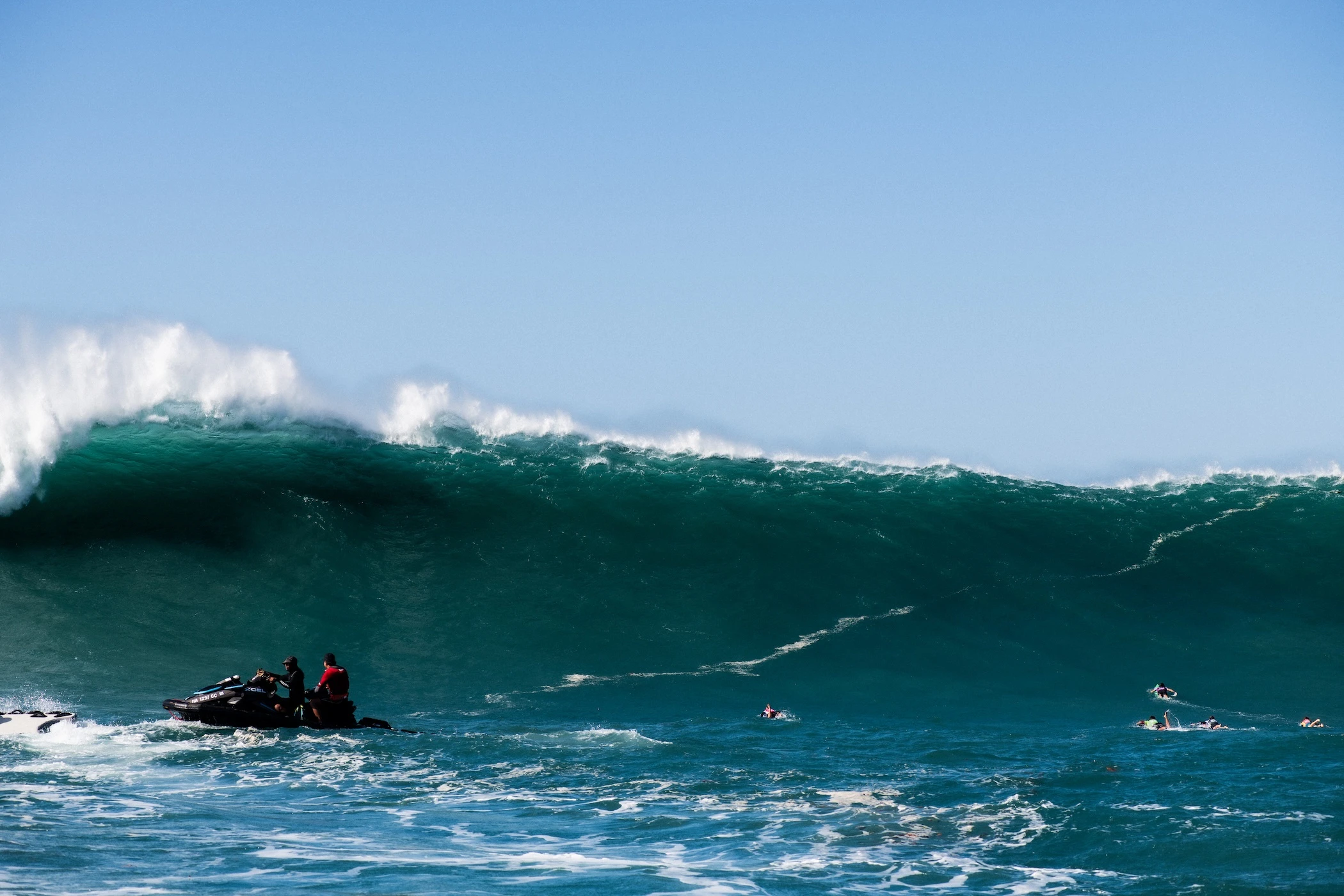
“I think people are thinking that the helmet is going to save you from the impact of a wave, or maybe a surfboard would run you over or something like that,” he said. “But, most of us photographers use the helmets to protect our heads from our cameras. If a big wave comes and you have to go under the big wave, just in case you get thrashed around, if your camera housing — that big old Plexiglass case — if that hits you in your head, that could knock you out.”
In shallower areas, like Pipeline, the helmet can also protect someone from crashing into the reef.
“The most recent Eddie is the longest I've ever been in the water at one time,” Hook said. “But swimming to take pictures or shoot the surf, for me, feels like it's not as strenuous as maybe swimming laps for eight hours. ... Once you're out, it's so hard to want to leave.”
The panel discussion is free. Get tickets.
Katie Helland can be reached at katie@alohastatedaily.com.

